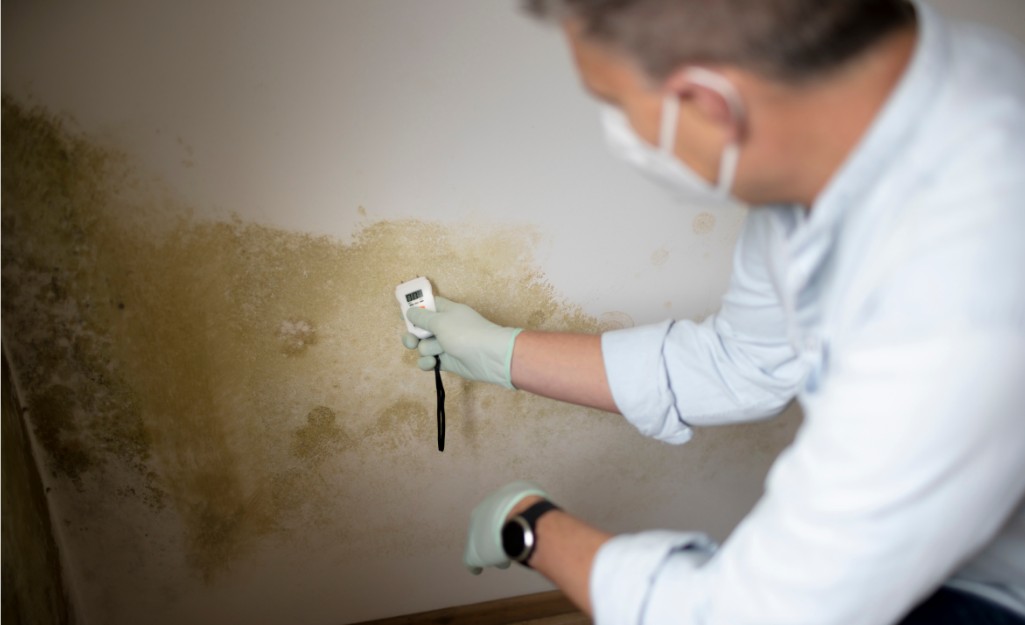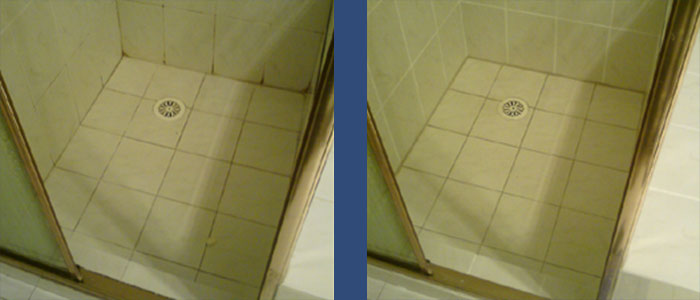This article listed below relating to How to Fix a Water Damage Bathroom is seriously interesting. Check it out yourself and figure out what you think of it.

The bathroom is incredibly prone for wet accumulation as well as possible water damage because of the regular use of water in it. This article uses simple evaluation techniques to assist detecting water damage risks.
The regular use water in the bathroom makes it incredibly prone for damp buildup and also prospective water damages. By evaluating it regularly, you can decrease water associated damages.
The complying with collection of examinations is easy to carry out and must be done as soon as in every 3 months in order to maintain your bathroom in good shape and to prevent potential water damages triggered by the tub, the shower, pipeline joints as well as plumbing, sinks, cupboards, as well as the commode
Do not forget executing these examinations and also be thorough while executing them. Remember that these straightforward inspections can conserve you a great deal of cash by giving very early signs for water damages
Bath tub and also Shower
The shower and also tub need special interest and also upkeep. Inspect the ceramic tiles as well as replace if cracked. Make sure that there is no missing cement in between the ceramic tiles. Check as well as replace cracked caulking at joints where the walls fulfill the flooring or the tub. Clogged drains pipes and also pipelines problems will protect against the bath tub from drying out and may show severe issues below the bathtub. Consult with a specialist right away to prevent structural damages. Focus on discolorations or soft areas around the bath tub walls as they may show an interior leak.
Plumbing
Signs for water damage are tough to discover because the majority of pipes are installed inside the wall surfaces.
Pay special focus to floor covering and wall surfaces wetness and discolorations as they might indicate an unseen plumbing issue. Check dampness levels in adjoining spaces also.
Sinks and Cabinets
Sinks and also cupboards are exposed to dampness and moisture everyday and are commonly neglected. Evaluate on a regular basis under the sink and on the counter top above it. Fix any drip in the catch as it may recommend drain issues. Look around the sink, slow-moving draining pipes might indicate an obstructed drain. Change sink seals if they are cracked or loosened.
The Commode
The bathroom is an at risk water junction. Inspect the water lines and look for leakages around the bathroom seat, in the tube, and under the water container. If you spot any kind of signs of wetness on the flooring around the toilet, look for leaks in the toilet rim and also tank seals.
Know that hanging commode bowl antiperspirants increases the possibilities for obstructions.
Water Damage Signs In The Bathroom To Avoid Cleanup
Musty smell
This is one of the easiest signs to catch because musty smells are so odorous. The damp, earthy, moldy smell should be a big red flag. The smell will develop when moisture gets trapped in surfaces, and begins to facilitate mold growth. Leaking pipes under cabinets, inside walls, and behind shower fixtures will cause moisture to stay trapped and not dry, which will lead to mold growth and spread. As soon as you notice any musty smells in your bathroom, have it checked for hidden water damage and cleanup signs.
Visible mold
If the smell isn’t there to give it away, sometimes you will actually see mold growth. Finding mold in your bathroom is a serious problem, because mold is very harmful to your health. By the time mold growth is visible, it also means that water damage has already occurred and been present for some time. The only way the mold problem can be resolved is to find the source of the moisture and get it stopped. To safely and adequately remove mold, you need to have professionals handle the remediation. Do not waste any time in getting mold problems addressed, fixed, and sanitized so that you can protect you and your family from the many respiratory symptoms caused by mold exposure.
Damaged floors
Bathroom floors should be able to withstand some exposure to water while still remaining in good condition. However, when excess exposure or water leaks occur, they will begin to damage even the most water-resistant flooring. If you notice any cracking, bubbling, staining, or warping on your bathroom floors, there is probably a water leak somewhere causing the distortion. If you notice areas of the floor have become softer, or even have a spongy feeling, there is probably damage to the subfloor. Subflooring is typically made up of plywood. When plywood is exposed to water or moisture, it will absorb it. Once it has become saturated, the weight of the excess water will cause the wood to swell and soften. Check the floors in your bathroom frequently to catch any of these sings before they lead to damaged subflooring.
Changes on walls
When water leaks behind walls, it will cause changes in the drywall. Peeling plaster, blistering paint, and soggy wallpaper are all good indicators that excess water is building up behind the wall. Water leaking behind drywall will cause it to swell and be soft to the tough. If you start to notice gaps along the trim of your walls, or where tile meets the wall, it could also be a strong indicator that there is a leak behind the wall. Any changes, distortion, or damage on the walls should be evaluated as soon as you notice it to prevent further water damage and cleanup.

I was shown that write-up about How to Prevent Bathroom Water Damage through an acquaintance on our other web property. Enjoyed reading our piece? Please share it. Help other people check it out. Thank you so much for going through it.
Visit Url